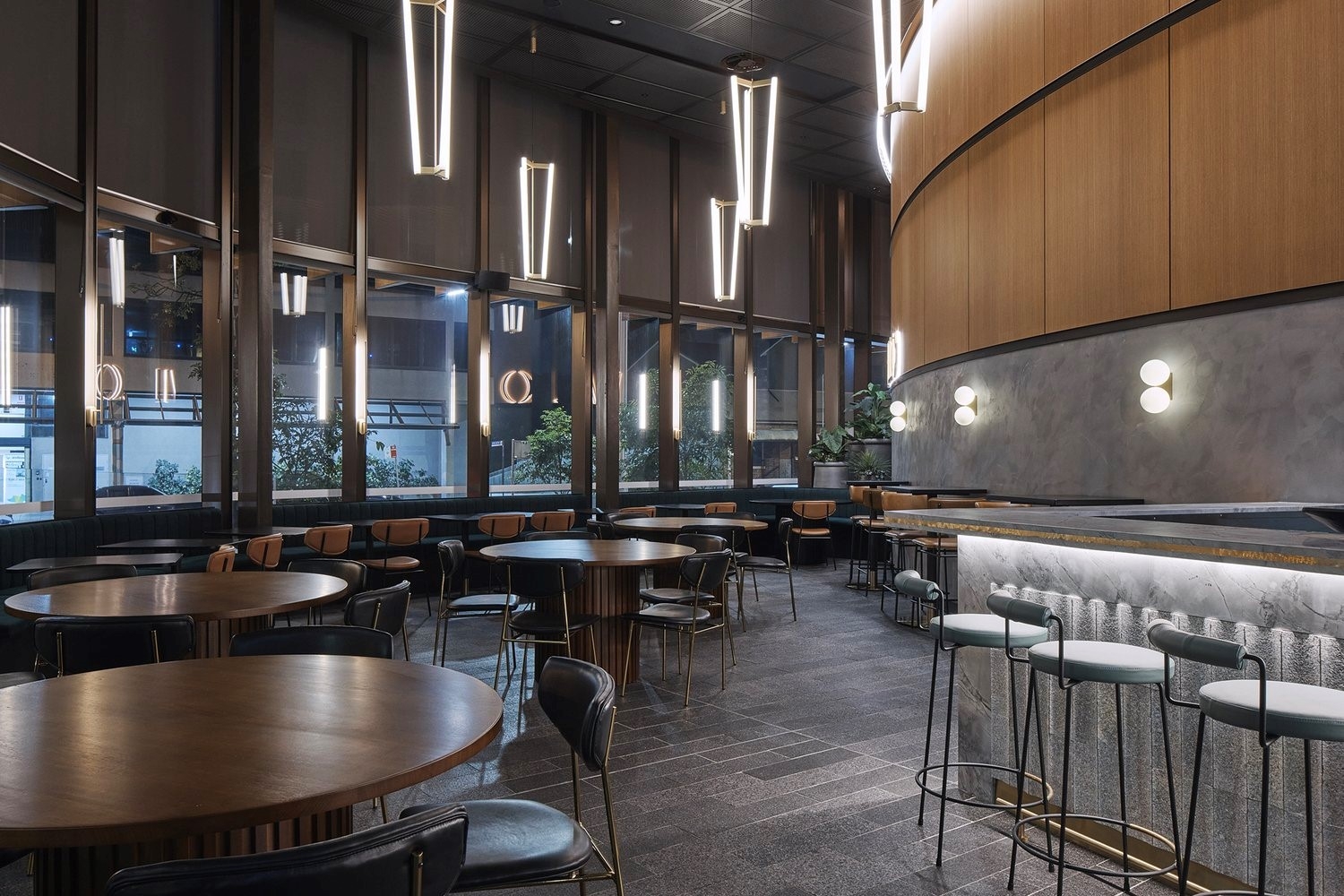Creating a successful restaurant interior design involves striking the perfect balance between aesthetics and functionality. While a visually appealing space can attract customers, it is equally important to ensure that the design supports the smooth operation of the restaurant. Commercial interior designers in Sydney share these essential tips to help restaurant owners and designers achieve this delicate balance.
Understand Your Brand and Target Audience
Before diving into the design process, it is crucial to have a clear understanding of your restaurant's brand and target audience. Are you aiming for a cosy and rustic atmosphere or a sleek and modern vibe? Identifying your brand personality will guide your design decisions and ensure consistency in aesthetics throughout the space.
Additionally, consider your target audience. Are you catering to families, young professionals, or a specific niche market? Understanding their preferences and needs will help you create a design that appeals to them while maintaining functionality.
Optimise Space Layout
Efficient space utilisation is essential for any restaurant. Start by carefully planning the layout to ensure smooth traffic flow and maximise seating capacity. Consider factors like table placement, aisle width, and proximity to key areas like the kitchen and restrooms.
Create distinct zones within your restaurant, such as a bar area, dining area, and waiting area, to provide customers with different experiences. Use furniture, lighting, and dividers to define these areas while maintaining a cohesive commercial interior design in Sydney.
Choose Practical and Durable Materials
Restaurant interiors endure constant use and heavy traffic. It's essential to choose materials that can withstand the rigors of a busy establishment. Opt for durable flooring options like hardwood, luxury vinyl, or ceramic tiles. Select upholstery fabrics that are stain-resistant and easy to clean, especially for seating areas.
Consider the functionality of materials in terms of maintenance as well. For example, using wall panels instead of paint can save time and effort in cleaning and repainting.
Lighting for Good Ambience
Lighting plays a significant role in setting the right ambience while serving a functional purpose. Incorporate a mix of general, task, and accent lighting to create layers and highlight specific areas within your restaurant. Dimmers are a great addition as they allow flexibility in adjusting the lighting levels according to different occasions or times of day.
Natural light can enhance the overall atmosphere. Consider large windows or skylights to bring in daylight but ensure proper window coverings to control glare during peak hours.
Strike the Right Balance Between Comfort and Style
While aesthetics are important, customer comfort should never be compromised. Invest in comfortable seating options and provide ample space between tables for privacy. Cushioned seats and ergonomic chairs will encourage patrons to spend more time and enjoy their dining experience. Incorporate design elements that add warmth and cosiness to your restaurant, such as soft lighting, natural textures, and inviting colour schemes. Strike a balance between trendy and timeless design choices to ensure longevity and relevance.
A well-designed restaurant not only attracts customers but also enhances their overall satisfaction, leading to repeat business and positive word-of-mouth recommendations. Talk to commercial interior design firms in Sydney to get started.
Here’s How to Balance Aesthetics and Functionality in Restaurant Interior Design



